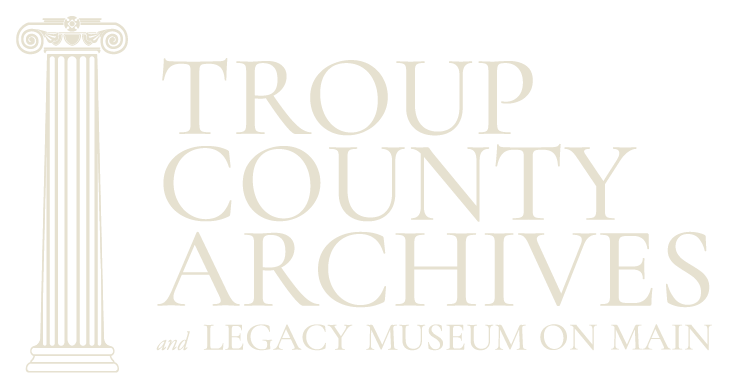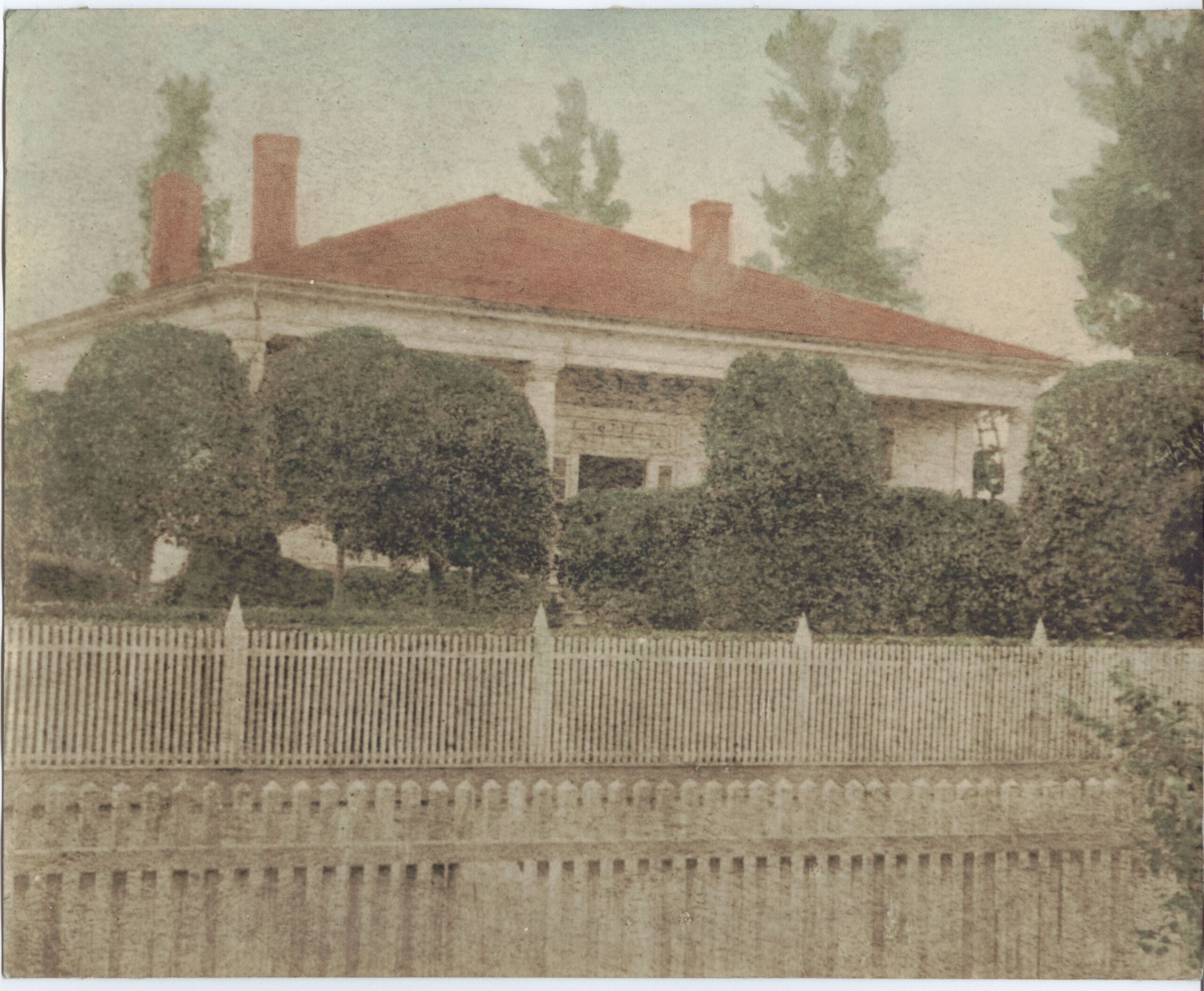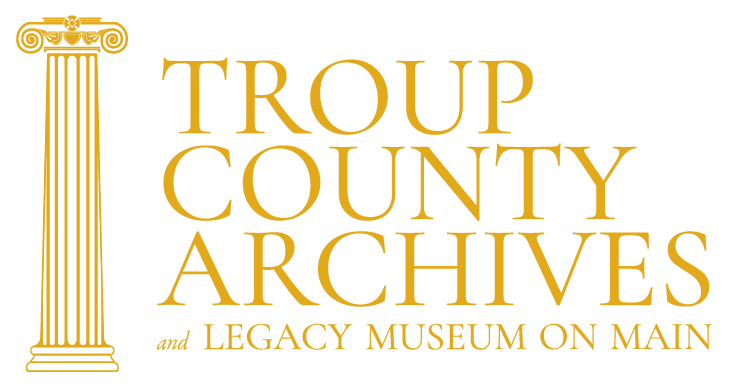
Stained glass windows located in West Point First Methodist Church.
Sacred space is a conceptually simple but highly relative term used to describe the
physical area where connection to the divine is stronger and more easily accessible. It is likely
that after reading this definition, you would immediately have a specific type of space come to
mind. Maybe something like a church, mosque, or temple. Each of these differs significantly in
style and function but are ultimately all designated places of practice for the members of a
religion. There are many ways in which traditional spaces can differ, the obvious being things
like age and scale. While these are important aspects to consider, there are a few more abstract
attributes of sacred space that are equally if not more important when trying to understand how
and why these spaces become such important parts of a religious community. These differences
do not stand to separate or categorize sacred space, but rather to show how universal of a concept
it is. One marked difference that stands out both historically and contemporarily is location, and
more specifically how that relates to nature. This is seen more with Indigenous groups around the
world, but a closer look at the spaces around us today and their location relative to human
settlement and important natural landmarks can reveal how a group interacts with their religion
and the world around them. Another important attribute most sacred spaces share is the inclusion
of an Axis Mundi. An Axis Mundi refers to the specific point within a space where the
connection between the divine and Earth is at its absolute strongest. This can be a place like an
altar, where the most intense forms of religious practice or ritual take place. A sacred space can
also be detached from organized religion while still having specific meaning and relevance to an
individual. In this case, the definition becomes far broader and allows for the inclusion of some
non-traditional spaces in which people can find something bigger than themselves to connect
with.

View of the Chattahoochee River from West Point, GA.
Sacred spaces do not exist as a sole place for connection to the divine, but rather a place
where it is enhanced. Native American groups in North America tend to view all space as sacred,
yet they still maintain specific areas where they might find it easier to practice. In the case of
many Indigenous groups throughout the world, spaces manifest themselves mainly through
natural landmarks like mountains, rivers, or lakes. This stems from the representation of these
places in their cosmology as significant areas with an abundance of divine presence. It may seem
strange at first to have these seemingly random areas of the wilderness become so important to a
whole group of people but an article I read regarding sacred space poses a simple yet powerful
idea that has stuck with me. While discussing the 19th-century conflicts over land between the
Indigenous peoples of North America and the colonizing United States, authors Hughes and
Swan state that “‘Wilderness’ is a Western idea”. This helps contextualize the relationship that
pre-colonial and non-western cultural groups have with sacred space and nature. Cultures and
religions around the world have flawlessly integrated their sacred spaces into nature, and as a
result, they are viewed similarly important and integral to their lifestyle as traditional buildings
or houses. There is no otherization of space, each area can serve its own unique and important
purpose. A major shift in the focus of sacred space can be seen as groups moved to agriculture as
their primary means of food production. As reliance on bountiful harvests grew, groups became
far more likely to exalt gods of the harvest or earth, which promoted rituals centered around
fields and the crops within them. This example shows how even everyday practical spaces can
become sacred, despite not being originally intended for that purpose.

Catholic Church located at 303 Church Street in LaGrange, GA.
Sacred space has also been used maliciously and weaponized to advance conquest. In a
region of Northern Europe commonly referred to as Germania, where the Romans led many
expeditions, we see one of the most blatant examples of this. Within Germania, there were
dozens of tribes with their own cultures and power structures. Rome sought to overtake this
region and continue to expand their ever-growing empire. One way they did this was by
introducing their own religious practice into the spaces of the Indigenous Central European
groups they encountered. Germanic sacred spaces were often very open groves or other areas
with strong connections to nature. These were easily accessible, but also easily overtaken.
Roman groups slowly began creating their settlements, often around important landmarks like
rivers with abundant natural resources, which were also sacred spaces for the Germanic peoples.
As they settled, they would build physical markers of their religion like massive columns to
represent their gods. There is an incredibly interesting article by Rachel Kousser titled “A sacred
landscape: The creation, maintenance, and destruction of religious monuments in Roman
Germany” linked below that goes into far greater detail about the specific conflicts between
Germania and Rome and how sacred space and religion influenced them. This is only one
example of the role conquest can play in the shaping of sacred space. We later see groups like the
Spanish and other early European settlers in the Americas overtake Indigenous places of worship
and use them in a propagandizing and harmful way. – Ethan Brown
Hughes, J. Donald, and Jim Swan. “How Much of the Earth Is Sacred Space?” Environmental
Review: ER 10, no. 4 (1986): 247–59. https://doi.org/10.2307/3984349.
Kousser, Rachel. “A Sacred Landscape: The Creation, Maintenance, and Destruction of
Religious Monuments in Roman Germany.” RES: Anthropology and Aesthetics, no. 57/58
(2010): 120–39. http://www.jstor.org/stable/25769975.




